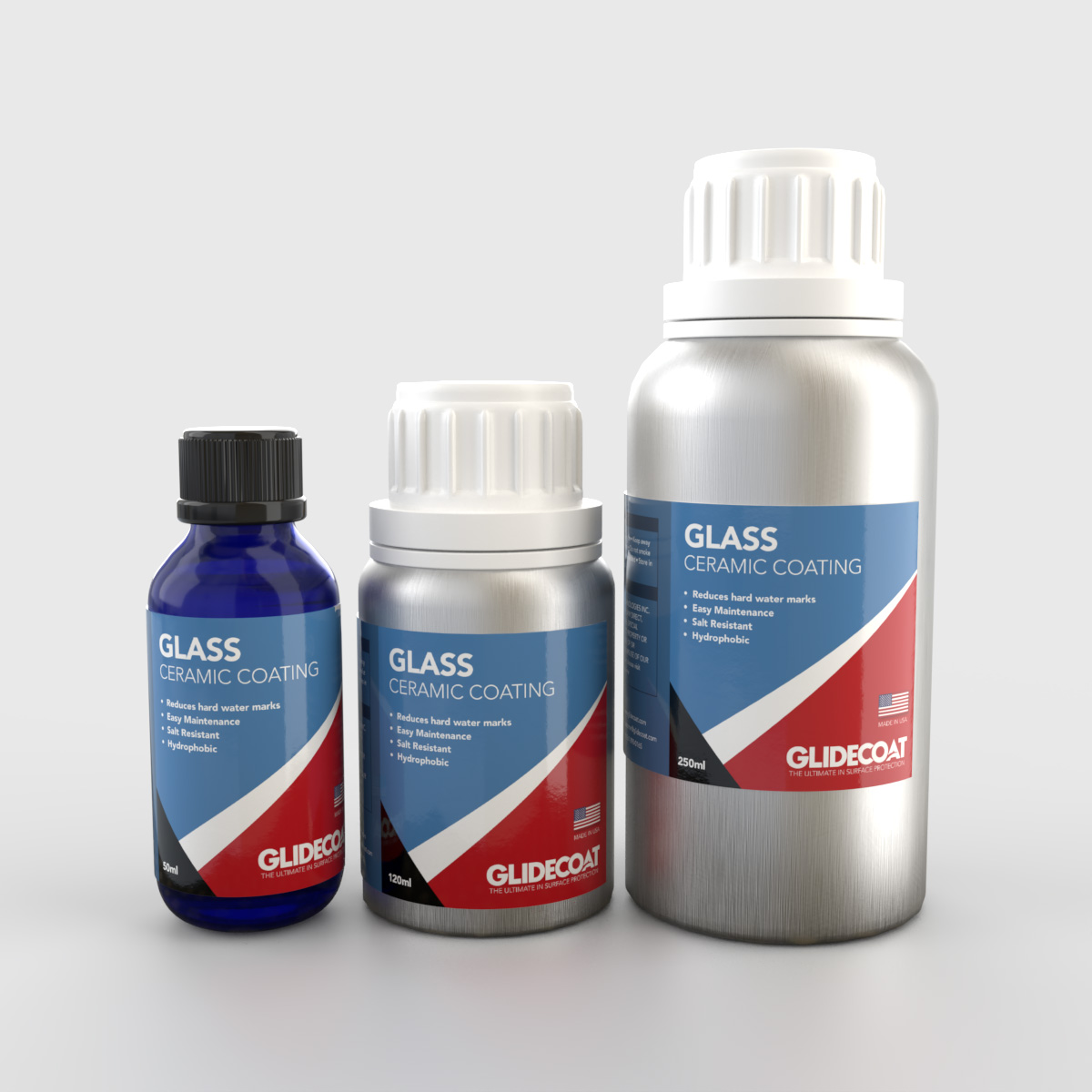Why Ceramic Layer Is the Ultimate Remedy for a Flawless Finish
Ceramic finishing has emerged as a leading option for those looking for a flawless surface for their vehicles, thanks to its impressive resilience and protective attributes. This innovative liquid polymer not only bonds effortlessly with manufacturing facility paint yet additionally uses a formidable barrier versus common hazards such as scrapes, UV rays, and toxic wastes. Its hydrophobic residential properties streamline maintenance while enhancing visual charm. Nonetheless, recognizing just how this innovation contrasts to standard approaches and exploring its application nuances can disclose even much more about its worth. What aspects truly set ceramic covering apart?
What Is Ceramic Finish?

When applied properly, ceramic coating creates a hydrophobic surface that drives away water and dust, making it much easier to cleanse and maintain. Unlike conventional waxes or sealants, which normally supply brief security, ceramic coverings can last for a number of years, depending on the product high quality and application approach. The procedure of applying ceramic finishing requires meticulous preparation, including thorough cleaning and often repaint correction, to guarantee optimum bonding and effectiveness.
Ceramic coatings are not limited to automobile surfaces; they can likewise be utilized on different products, consisting of glass, steel, and plastics, supplying a flexible remedy for enhancing defense. Generally, ceramic finishing stands for a considerable innovation in surface defense innovation, combining both visual and useful benefits for a wide variety of applications.
Benefits of Ceramic Layer
While several surface defense options exist, the advantages of ceramic finishing stick out as a result of its distinct residential or commercial properties and resilient efficiency. Among the key advantages is its remarkable longevity. Ceramic Coating Philadelphia. Unlike conventional wax or sealers that require regular reapplication, ceramic finishings supply a resilient layer that can last for a number of years, dramatically minimizing upkeep efforts
One more noteworthy benefit is boosted protection against ecological contaminants. Ceramic layers create a hydrophobic surface that fends off water, dust, and various toxins, making it simpler to clean up. This attribute not only maintains the lorry's look however also decreases the risk of deterioration and oxidation, especially in severe climate condition.
Furthermore, ceramic finishings supply premium resistance to UV rays, stopping fading and deterioration of paint in time. This UV protection is important for keeping the visual worth of cars and surfaces subjected to guide sunlight.
In addition, the glossy surface achieved with ceramic covering boosts the total visual charm, offering surfaces a showroom-quality sparkle. In general, ceramic finishes stand for a considerable improvement in surface defense modern technology, supplying long-lasting advantages that deal with both useful and aesthetic requirements.
Just How It Works
Comprehending the science behind ceramic finishings discloses just how they provide such remarkable security and longevity. At its core, a ceramic covering is a fluid polymer that chemically bonds with the lorry's factory paint.
The application procedure includes several actions, including surface area prep work, which is crucial to accomplishing optimum attachment. When used, the coating undertakes a treating procedure, throughout which it solidifies and forms a semi-permanent bond with the paint surface. This bond is what distinguishes ceramic coverings from conventional waxes and sealants, offering a longer-lasting protective obstacle that can withstand for many years.
Furthermore, the thickness of the coating can boost its protective high qualities, making more info here sure that it can endure rough problems. Ultimately, the science of ceramic finishes integrates sophisticated materials with ingenious application methods to deliver an exceptional level of security and visual enhancement for vehicles.
Comparison With Standard Techniques
The advantages of ceramic coverings come to be especially apparent when contrasted to conventional paint protection approaches such as sealants and waxes. While waxes offer a momentary luster, generally lasting a couple of weeks to a number of months, ceramic coverings supply a long-lasting protective layer that can endure for numerous years. This toughness substantially minimizes the regularity of reapplication, making ceramic coverings a more cost-effective service in time.
Furthermore, standard approaches frequently call for substantial preparation and multiple applications to achieve an adequate level of protection. In contrast, ceramic finishings bond at a molecular degree with the automobile's surface area, developing a durable guard versus ecological impurities like UV rays, acid rain, and road salts. This bond boosts the automobile's resistance to scratches and swirl marks, which prevail with conventional waxes and sealers.
In blog here addition, the hydrophobic buildings of ceramic finishes drive away water and dust, bring about less complicated cleaning and upkeep. On the other hand, wax and sealant-treated surfaces can attract crud, demanding more regular washing - Ceramic Coating Philadelphia. Generally, ceramic finishings not only provide superior defense however also provide a more long-lasting and aesthetically attractive coating, developing them as the preferred choice for discerning lorry owners
Application and Maintenance Tips

Utilizing a foam applicator, use the coating in small sections, following the manufacturer's guidelines relating to thickness and overlap. Permit enough curing time between coats, usually 24-hour, to make certain correct bonding. After application, it is essential to stay clear of direct exposure to water or severe elements for at the very least a week to permit the coating to totally cure.
For maintenance, clean the car consistently with pH-balanced soaps and prevent abrasive materials. Touchless automobile laundries are advised to decrease scratching. Additionally, using a ceramic upkeep spray can improve the coating's hydrophobic homes and durability. Normal evaluations for any kind of signs of wear will help maintain the coating's integrity and preserve that immaculate coating.
Conclusion
Finally, ceramic finishing becomes a superior choice for accomplishing a flawless automotive coating. Its extraordinary toughness, safety top qualities, and hydrophobic buildings dramatically enhance the lorry's appearance while streamlining maintenance efforts. By developing a durable bond with manufacturing facility paint, ceramic coating more successfully shields against scrapes, UV rays, and ecological contaminants. With a life expectancy extending several years, this sophisticated service not just protects but also raises the overall aesthetic charm of vehicles, making it an affordable financial investment for automobile lovers.
